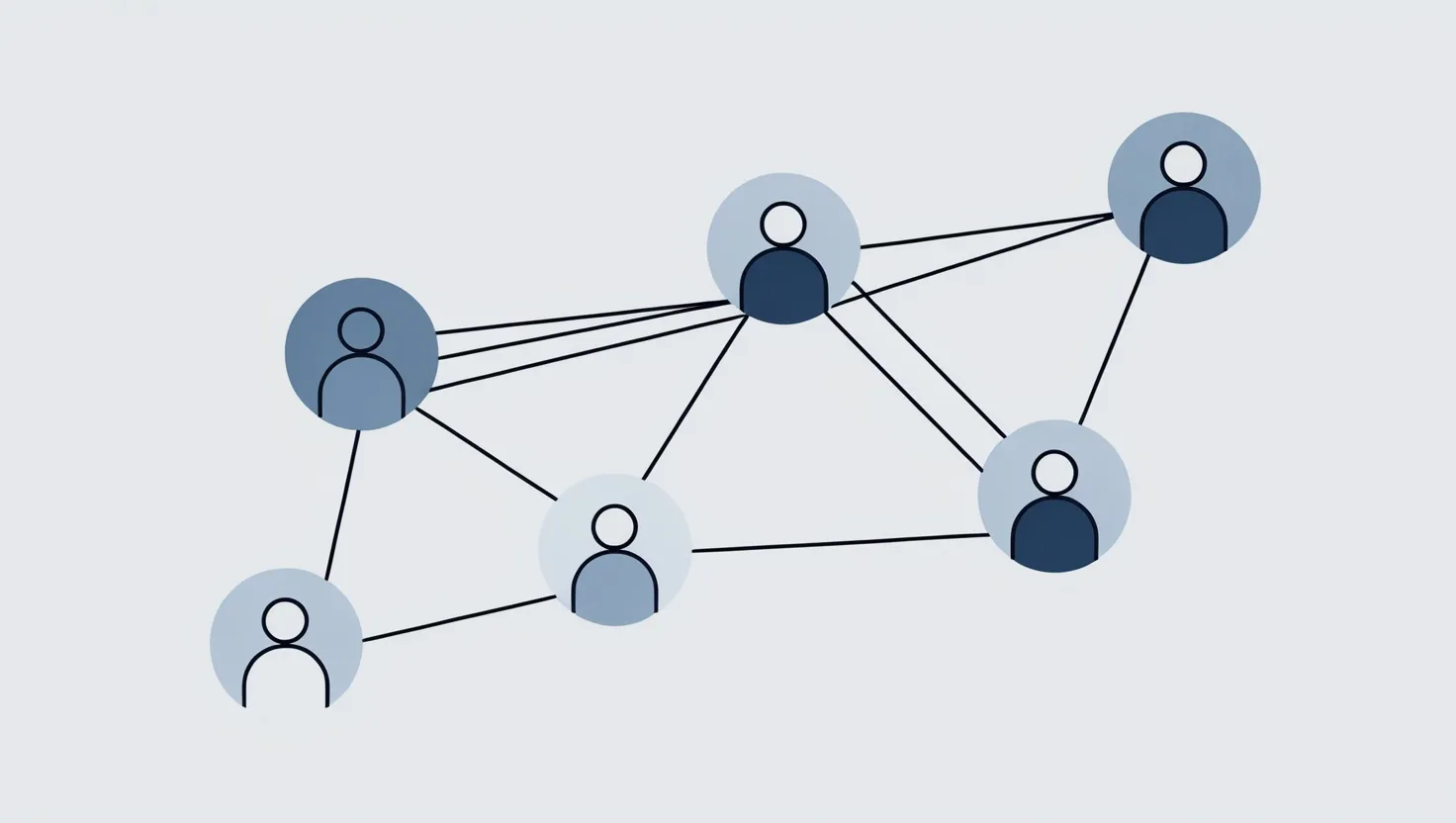Leading a multi-generational team is a complex yet rewarding challenge that requires a nuanced understanding of the diverse perspectives and values that each generation brings to the workplace. As a leader, it’s crucial to recognize that managing such a team is not just about managing different age groups, but about harnessing the unique strengths and experiences of each individual to drive team productivity, innovation, and employee satisfaction.
Understanding Generational Differences and Values
The first step in effectively leading a multi-generational team is to understand the distinct values and experiences that shape the behaviors and expectations of each generation. For instance, the Silent Generation, born during the Great Depression and World War II, values job security, respect for authority, and recognition. These individuals were raised in an era of uncertainty, which instilled in them a strong work ethic and a deep respect for hierarchy.
Baby Boomers, on the other hand, are characterized by their loyalty, dedication, and strong work ethic. They were influenced by the post-war optimism and the social movements of the 1960s, which made them committed to climbing the corporate ladder and contributing to the stability of their organizations. Their preference for in-person communication and formal interactions is a reflection of their upbringing in a more traditional work environment.
Millennials and Generation Z bring a different set of values to the table. Millennials are known for their adaptability, tech-savviness, and desire for work-life balance. They are driven by a need for meaningful work and continuous learning. Generation Z, the youngest in the workforce, is even more tech-oriented and values flexibility and autonomy. They are also more likely to prioritize social and environmental issues in their career choices.
Understanding these generational differences is not about stereotyping but about recognizing the unique viewpoints that each generation can contribute. By doing so, leaders can create an environment where each employee feels valued and understood.
Tailoring Communication Styles
Effective communication is the backbone of any successful team, and in a multi-generational setting, it becomes even more critical. Different generations have distinct communication preferences that must be respected and catered to. For example, Baby Boomers prefer direct, in-person communication and are comfortable with emails and phone calls. In contrast, Millennials and Generation Z are more inclined towards instant messaging and social media.
To bridge this gap, a multichannel approach to communication is essential. This involves using a variety of platforms such as email, messaging apps, social media, and video conferencing to ensure that every team member receives information in a way that is most comfortable for them. Personalization is also key; tailoring messages to resonate with specific generations or departments can make each employee feel more valued and understood.
Creating Inclusive Mentoring Programs
Mentoring programs are a powerful tool for fostering collaboration and knowledge transfer across generations. By pairing older, more experienced employees with younger, more tech-savvy ones, organizations can create a symbiotic relationship where both parties benefit. Baby Boomers, with their wealth of experience and institutional knowledge, can serve as excellent mentors, guiding younger employees through the complexities of the organization.
Conversely, Millennials and Generation Z can bring fresh perspectives and technological expertise that can help older generations stay updated and innovative. Such programs not only enhance skills but also build bridges between different age groups, fostering a sense of community and mutual respect.
Establishing Flexible Work Arrangements
Flexibility is a key factor in managing a multi-generational team. Different generations have different needs and preferences when it comes to work arrangements. For instance, Millennials and Generation Z value flexibility and autonomy, often preferring remote work or flexible hours. On the other hand, Baby Boomers might prefer a more traditional office setting.
By offering flexible work arrangements, leaders can cater to these diverse needs, ensuring that every employee can work in an environment that maximizes their productivity. This approach also demonstrates a commitment to work-life balance, which is increasingly important across all generations.
Focusing on Individual Strengths Rather Than Age
One of the most common pitfalls in managing multi-generational teams is to focus too much on age rather than individual strengths. Each employee, regardless of their generation, brings unique skills and experiences to the table. By focusing on these strengths rather than their age, leaders can create a more inclusive and effective team.
For example, a Baby Boomer might have extensive experience in project management, while a Millennial might be an expert in digital marketing. By leveraging these individual strengths, leaders can build a well-rounded team that is capable of tackling a wide range of challenges.
Promoting Cross-Generational Collaboration
Cross-generational collaboration is essential for fostering innovation and creativity within a team. When employees from different generations work together, they bring different perspectives and ideas to the table. This diversity of thought can lead to innovative solutions that might not have been possible within a single generational context.
To promote such collaboration, leaders should encourage team-building activities and projects that require intergenerational cooperation. This could include brainstorming sessions, joint projects, or even social events that bring different generations together. By doing so, leaders can create an environment where knowledge and ideas are shared freely across age groups.
Addressing Unconscious Biases in Team Dynamics
Unconscious biases can be a significant barrier to effective team management, especially in a multi-generational setting. Leaders must be aware of their own biases and work to create an environment where every employee feels respected and valued.
For instance, older generations might view younger employees as entitled or lacking in work ethic, while younger generations might see older employees as technologically challenged. By addressing these biases through open communication and education, leaders can foster a more inclusive and respectful team culture.
The Impact on Organizational Performance
The impact of effectively managing a multi-generational team on organizational performance cannot be overstated. When different generations work together seamlessly, it leads to increased productivity, innovation, and employee satisfaction.
For example, companies that value the contributions of all generations often see better recruitment and retention rates. This is because employees feel valued and respected, leading to higher job satisfaction and lower turnover rates. Additionally, the diverse perspectives brought by different generations can lead to more innovative solutions and better decision-making.
Adaptability and Continuous Learning
Leading a multi-generational team requires a high degree of adaptability and a commitment to continuous learning. Leaders must be willing to learn from their employees, regardless of their age, and adapt their management styles accordingly.
This involves staying updated with the latest trends and technologies, as well as being open to new ideas and perspectives. By doing so, leaders can create a dynamic and evolving work environment that is responsive to the changing needs of both the organization and its employees.
Examples of Successful Multi-Generational Teams
There are numerous examples of companies that have successfully managed multi-generational teams to achieve outstanding results. For instance, tech companies like Google and Microsoft have created environments where employees from different generations work together to drive innovation. These companies have implemented flexible work arrangements, cross-generational mentoring programs, and inclusive communication strategies to ensure that every employee feels valued.
In more traditional industries, companies like IBM and General Electric have also seen significant benefits from managing their multi-generational teams effectively. These companies have focused on leveraging the unique strengths of each generation, promoting cross-generational collaboration, and addressing unconscious biases to create a more inclusive and productive work environment.
In conclusion, leading a multi-generational team is a challenging but highly rewarding endeavor. By understanding generational differences, tailoring communication styles, creating inclusive mentoring programs, establishing flexible work arrangements, focusing on individual strengths, promoting cross-generational collaboration, and addressing unconscious biases, leaders can create a team that is diverse, innovative, and highly productive.
The key to success lies in adaptability and a commitment to continuous learning. By embracing these strategies, leaders can harness the unique strengths of each generation to drive organizational performance and create a work environment that is inclusive, respectful, and highly effective.






